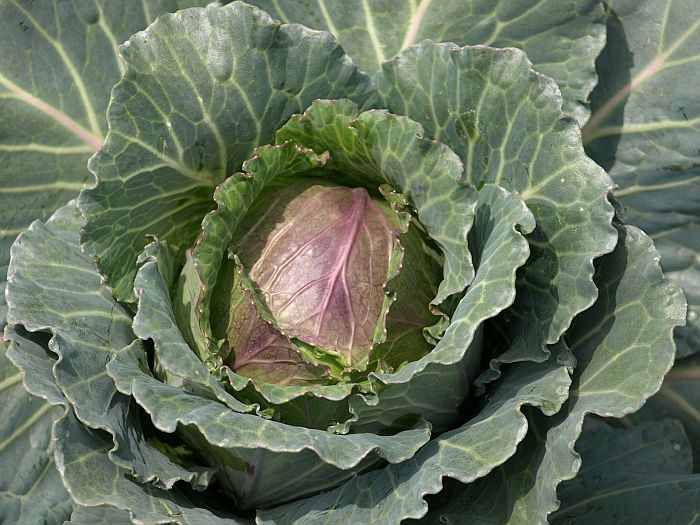
Planting cabbage is only the initial stage to a successful cultivation of the crop. The most difficult task is the proper care of the plant and the ability to protect the beds of cabbage from diseases and parasites.
Often, gardeners complain that the plant begins to fade, and the leaves turn purple. Why such a problem occurs and how to prevent its occurrence?
Content
Why do cabbage leaves turn purple?
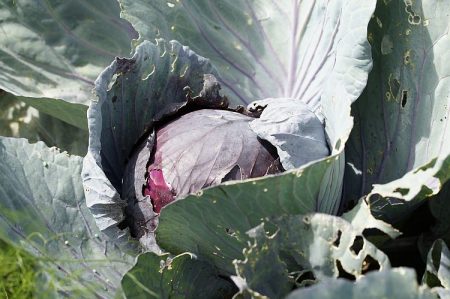
There are several reasons why cabbage can begin to change its color:
- Phosphorus and nitrogen are essential components for the healthy growth of this vegetable. The main cause of the development of the problem may be an acute shortage of these batteries.
- Improper care of the plant or violation of the conditions for breeding cabbage. For example, low or high humidity, replanting at the wrong time, as well as low air temperature. These factors have a detrimental effect on the stress level of the vegetable.
- Damage to the root system, due to which fungal infections develop. They can completely destroy such a culture due to the cessation of nutrients in the plant.
If the leaves of the plant began to change their natural color, then phosphorus fertilizers must be added. Otherwise, the growth of the vegetable will stop abruptly, and the top of the stem will not tie.
Signs and symptoms of yellowing leaves
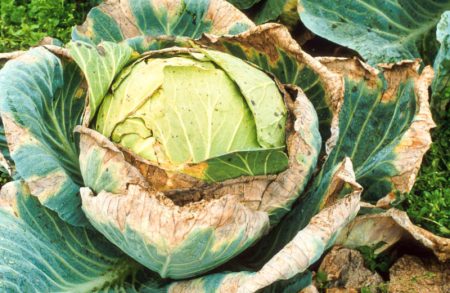
The leaves of the seedlings turn yellow due to a fungal disease that affects both the seedlings and the plant itself, planted in the ground. Such an infection is called fusarium wilt. The existence of this inflammation can be determined by the following criteria:
- Leaflets gradually turn yellow-green.
- Elasticity is lost and wilting occurs.
- The external organ does not turn yellow completely, that is, in some places the color may have a healthy green color.
- The ring of blood vessels acquires a dark brown tint on the stems in a section.
- The lower part of the foliage slowly falls, leaving only a central outlet.
Treatment of foliage cabbage
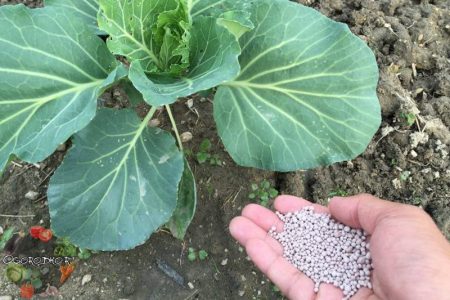
Culture has certain varietal differences. Each species stands out from the rest by its shape, growing period, nutritional properties, as well as coloring. There are special climate conditions that must be adhered to. For the normal development of the plant, good illumination, an adjustable frequency of watering, the right temperature, etc. are required.
Experienced gardeners know that this crop must be treated with special fertilizers. Such solutions must contain phosphorus. Superphosphate is usually used. There is a simple view containing about 20% of the substance and double, containing 45% of the necessary element.
In most cases, soil preparation is done in advance. In the fall, gardeners fertilize the land throughout the area. Some summer residents add peat to the wells before planting. If the earth is left without fertilizer, then top dressing is used during the growth of the vegetable.
In the summer, gardeners use several types of necessary solutions:
- After you have planted seedlings, it takes about 15 days to apply nitrogen fertilizing to the soil.
- Wait for the next 15 days, then fertilize the plant with the same complex again.
- After another 15 days, let the phosphorus-nitrogen solution.
- And for the last time, after another two weeks, add potassium top dressing.
Plant prevention
In order to prevent blueing of cabbage leaves, you need to adhere to several rules:
- Follow the rules of crop rotation, returning the plant to the same place after 4 years.
- Fertilize the plot in time in the fall and bring the mixture with ash to the wells.
- Disinfect the soil with dolomite flour, lime or copper sulphate.
- Treat the seeds before planting them. This is necessary to boost the immune system.
- Observe the required growing requirements of the plant.
Theoretical knowledge for proper cultivation is not enough to guarantee a rich and healthy crop. In fact, everything will be more complicated. Even experienced gardeners can sometimes encounter a problem that will lead him into a hopeless situation. There can be many difficulties in growing this crop. For example, soil depletion, reproduction of pests, the spread of diseases, the appearance of poorly adapted varieties and others. Every gardener should always be on the alert.

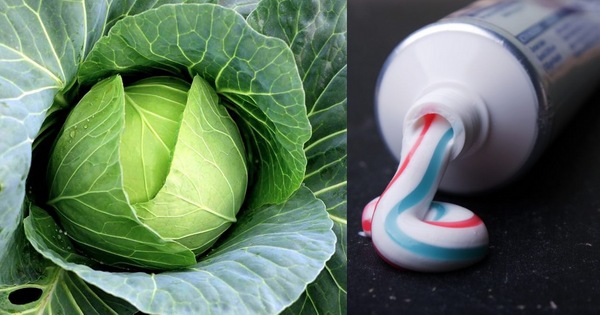
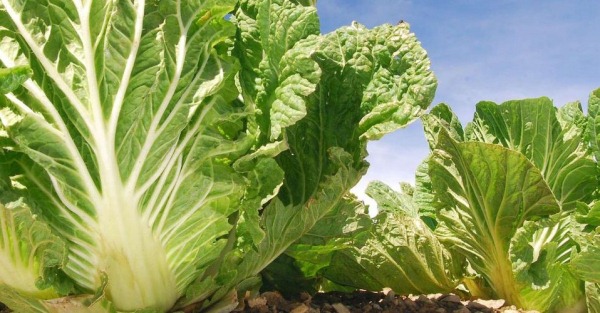
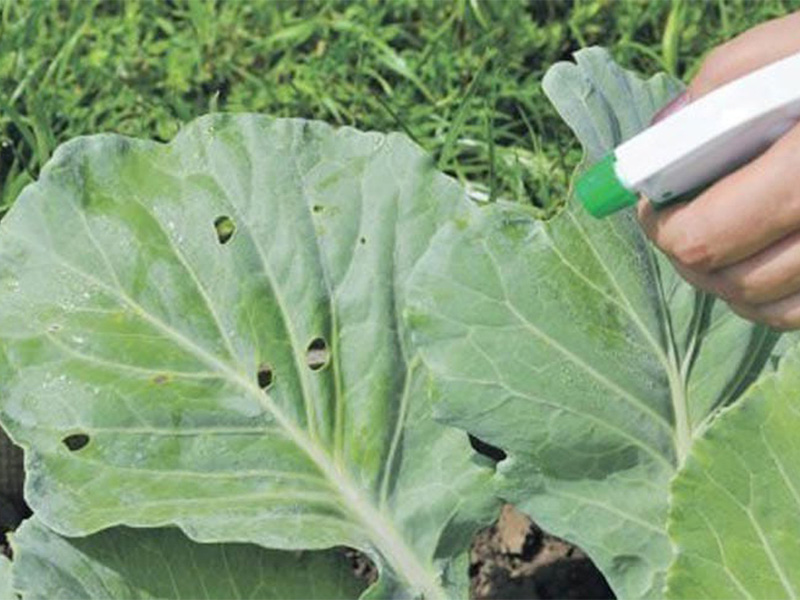
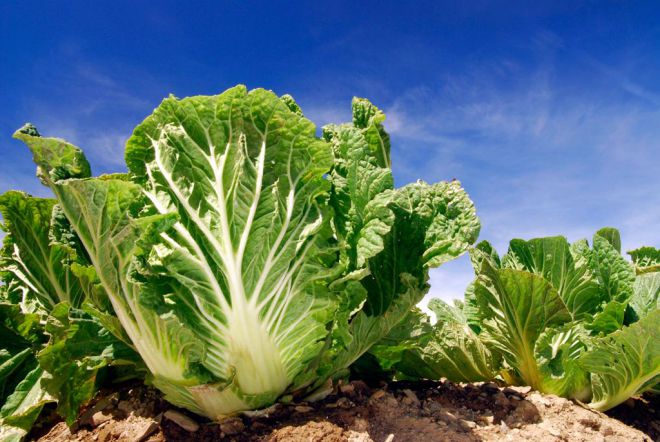 How to grow Chinese cabbage on your site?
How to grow Chinese cabbage on your site?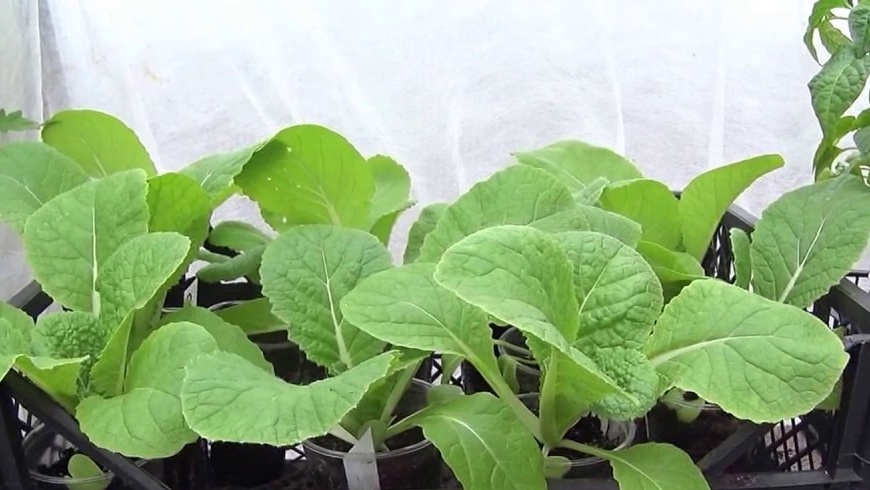 When to plant Chinese cabbage on seedlings in 2024
When to plant Chinese cabbage on seedlings in 2024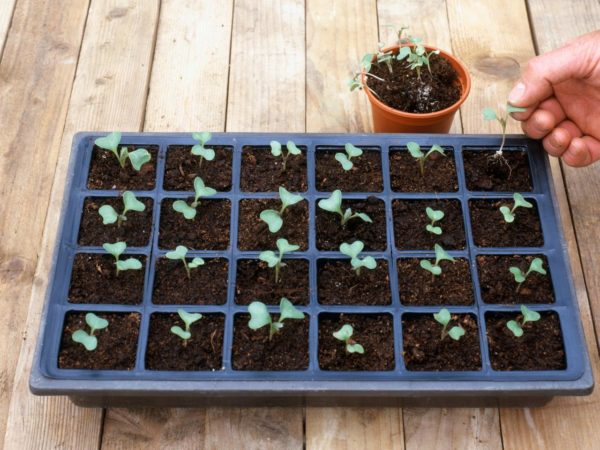 When to sow cabbage for seedlings in 2019 on the moon
When to sow cabbage for seedlings in 2019 on the moon Cauliflower: how to grow large snow-white inflorescences
Cauliflower: how to grow large snow-white inflorescences